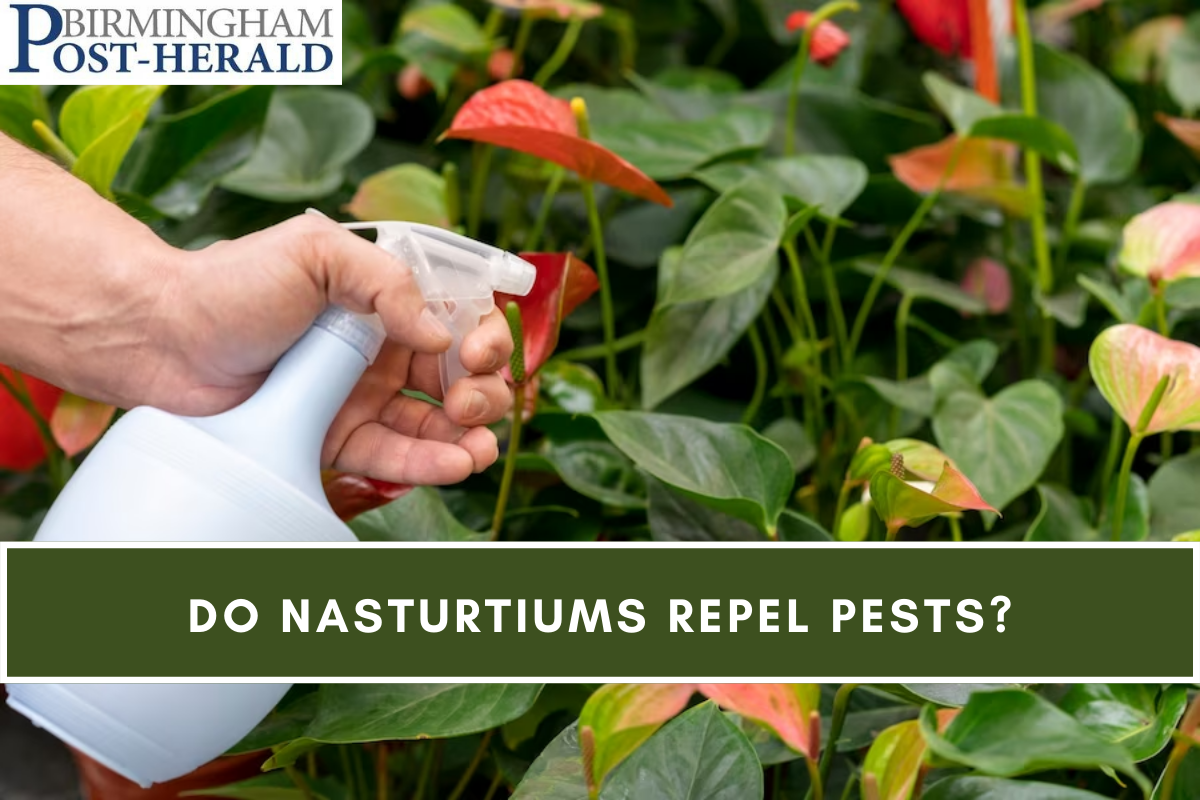Do Nasturtiums Repel Pests:- Annual garden staples Nasturtiums—what do they do? Companion plants, trap crops, or something else? Organic gardener Jenna Rich simplifies nasturtiums and pest protection.
The nasturtium is one of the most beautiful, brightest, and easiest plants to grow in an annual yard. Whenever I can, I plug in extra boxes of seedlings that I always have on hand.
Do Nasturtiums Repel Pests
Why Nasturtiums Make Great Companions
Nasturtiums are useful in the yard for more than one reason. They look great and taste great. These things are possible:
- Keep bugs away and sometimes confuse them
- Draw pests away from cash crops, making them a good trap crop.
- Bring in good bugs that will eat the bad bugs for you. As an understory plant, they can also help keep weeds down.
- Fill in empty spots and stop dirt from washing away.
- Choose the perfect nasturtium for your landscape.
- Choose a trailing form for hanging baskets or fences, or a compact bush for borders, intercropped, or bulk planting. Colors should match your design.
- Nasturtium needs damp, low-fertilized soil, thus dry-loving crops may not work well with it.
Use them to attract beneficial bugs
- Nasturtiums attract beneficial bugs that repel pests and control your garden naturally.
Beneficial Insects
- Nasturtiums attract ladybugs, hoverflies, and lacewings, which you want in your garden. They control aphids and other pests well.
- A major natural opponent of whiteflies is lacewing larvae. Lacewing adults love nasturtiums and may lay their eggs there. Plant nasturtium near eggplant and peppers to control whiteflies.
- Although planting an insect attractant in your garden sounds paradoxical, this gorgeous companion plant helps balance the ecology naturally.
Use them as trap crops
- Trap crops attract and satisfy pests more than other crops.
- They will attract bugs and die.
- Put more trap crops in their place for continual pest control.
- Nasturtium’s strong aroma attracts several bugs.
- Sow trays of nasturtiums year-round to attract pests naturally.
Aphids
- This plant attracts aphids away from lettuce, kale, cabbage, and roses, but not all.
- Plant nasturtium six feet from crops to protect. Don’t get closer or they’ll switch to the excellent stuff.
- Melon, green peach, and potato aphids should be avoided. Nasturtium traps well.

Also Read:- How To Plant A Scented Border – For Year-round Perfume
Plant Nasturtiums Near, But Away From These Crops
Fad or not, companion planting is real. Science-backed gardening technique with proven advantages! These crops benefit from nasturtium planted close but not next to them:
- Beans: Mexican bean beetle repellent
- Large brassicas like cabbage/Brussels sprouts: Plant nasturtium near the base to retain moisture.
- Pumpkins: to attract pollinators and repel squash and cucumber beetles.
- Peppers and tomatoes: May prevent tomato and tobacco hornworm egg-laying.
- Apples and other fruit trees: to reduce borer pressure
- Potted parsley and chives make nice companions. Draws pollinators.
- Cucurbits: Disperse plants to minimize excessive resource competition so aphids and flea beetles don’t immediately attack your cucumbers.
- It may work best on trellised cucumbers and squash.
Don’t Plant Nasturtiums Near These Crops

We can only expect garden animals to get along as not all humans do. Consider these crops when planning your garden:
- Leafy greens and smaller brassicas compete with nasturtium for nutrition.
- Nasturtiums won’t grow near rosemary and sage since they like dry soil.
- Zucchini, summer squash, and cucumbers like dry soil.
- Nasturtiums attract cucumber bugs, so put a row of them near your squash and cucumbers or in grow bags at the garden’s corners.
If you like this article about Do Nasturtiums Repel Pests Please share with your friends and family members.
